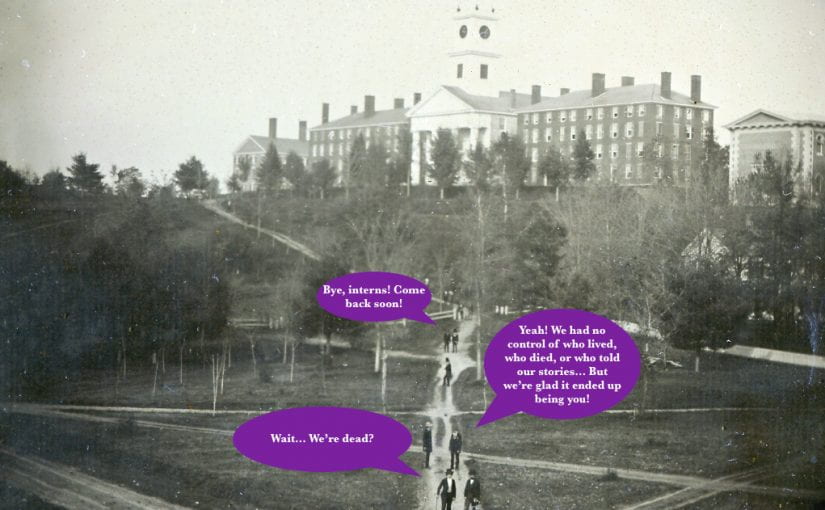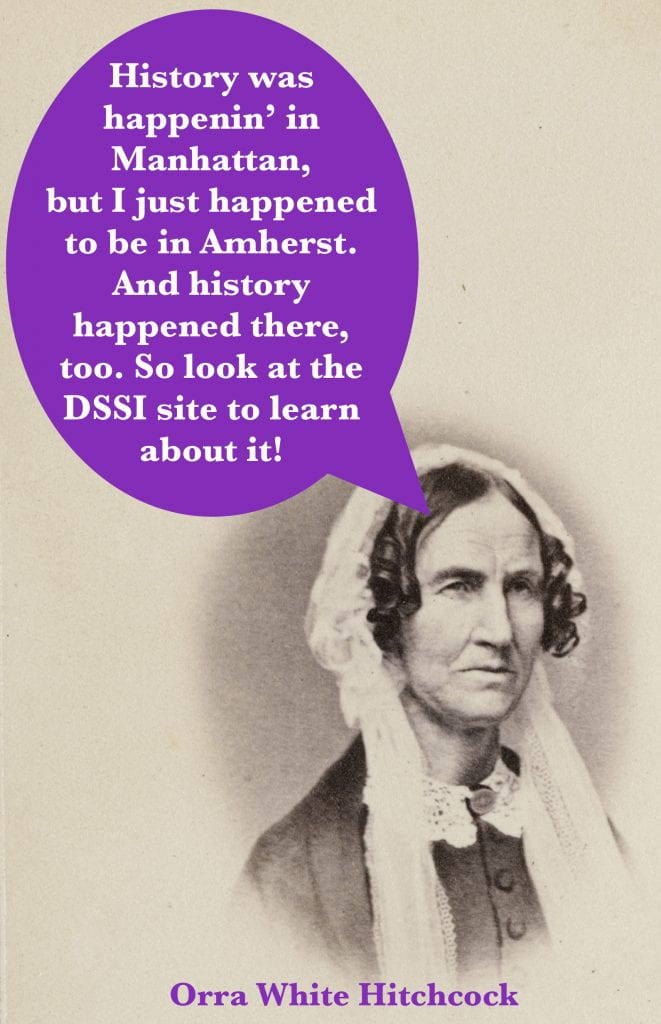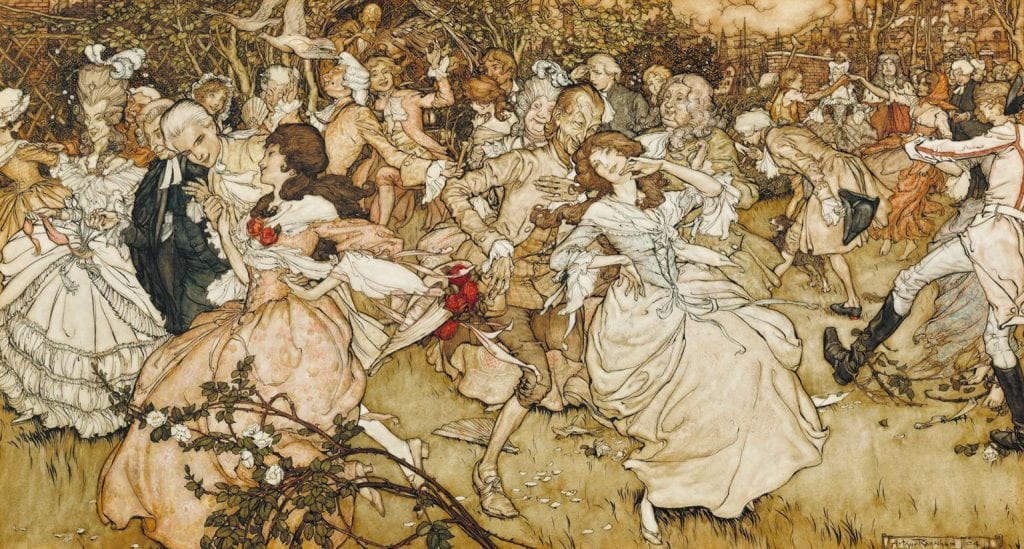Within his blog post, Trevor Owens discusses Joe Maxwell’s “interactive approach”[1] to the research process, the importance of focusing on the process itself instead of the more performative aspects of research proposal writing. Like Maxwell, Owens takes a deep dive into the world of reflection and tool-based research and into the implications of theory on research methods. The research question, as Owens describes, is dynamic; it is not merely the end product of the research process but complementary to it. As the research question changes, grows, and develops, it remains in conversation with the formation of new ideas and the growth of their presentation.
Such reflection and thought are crucial to my own research process as I continue to investigate and dive into Amherst’s digital archives. An initial investigation into these resources has helped further an intellectual curiosity towards the digital archives, TimeMapping, and digital exhibits. I have begun to develop a deeper understanding and appreciation for this process of reflection that seems to not be a part of many of the research processes of other courses and opportunities. Not merely does it allow me to question and make sense of the material but allows me to really savor reading Amherst Student articles, understanding more about the ideologies and philosophies of former Presidents of the College, and learning about Amherst College’s emergency response through history. Through the Learning Types workshop, I have thought about the importance of metacognition on learning, building a research project, and working in a team. I also have processed through my own ideas on the Kim-Wait/Eisenberg Native American Literature Collection, the finding aid, and discussions on “No one owes their trauma to archivists” by Eira Tansey, utilizing these resources and discussions on them to inform my own research process, something I had never done previously. I have also begun to reflect on the roles of archivists, researchers, and librarians within the research process and the role of the local community in the collection part of the research process. Through this reflection, I am curious to explore further the way that local communities and archivists, researchers, and librarians have interacted throughout history. In thinking about my research question, I am intrigued by the role of the College in public health emergencies. How have students and administrators viewed these emergencies? Have their responses contrasted or conflicted? Who do we not see responding to these public health emergencies and why? What can we attribute this to? I also might want to explore how black Amherst College students responded to events like the Civil Rights Movement or the racial history of the College.
In addition to pondering my research interests and questions, I am beginning to think about the structure of the project. I know I would like to use TimeMapper or topic modeling in some form as I further analyze the ideas, keywords, and events that occur in an article or archival work. I continue to ask crucial questions. How many people/events/time periods do I want to focus on? How do I want to structure the project? How will I present my introduction? How will the visual representation of my work incorporate the more reflective parts of my process? As I continue to formulate a research question, I believe that the structure of the project will become clearer, and I will begin to understand how to build a concrete presentation of my work.
[1] Owens, Trevor. “Where to Start? On Research Questions in the Digital Humanities.” Trevor Owens: User Centered Digital Memory, WordPress, 22 Aug. 2014. www.trevorowens.org/2014/08/where-to-start-on-research-questions-in-the-digital-humanities/




